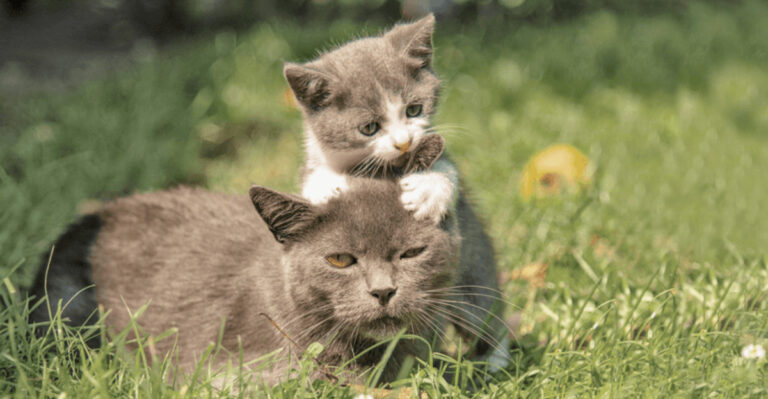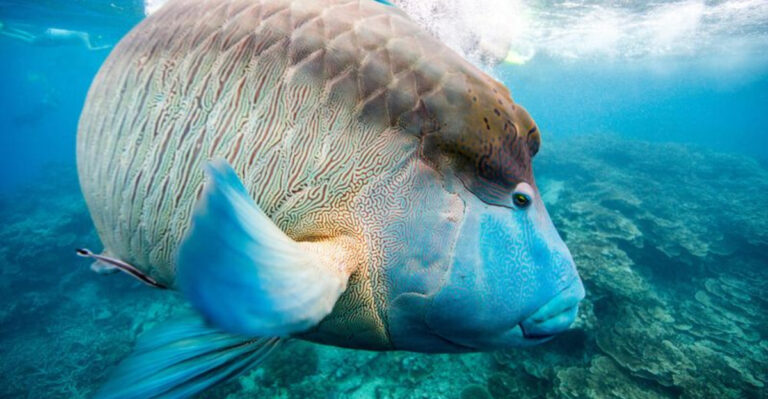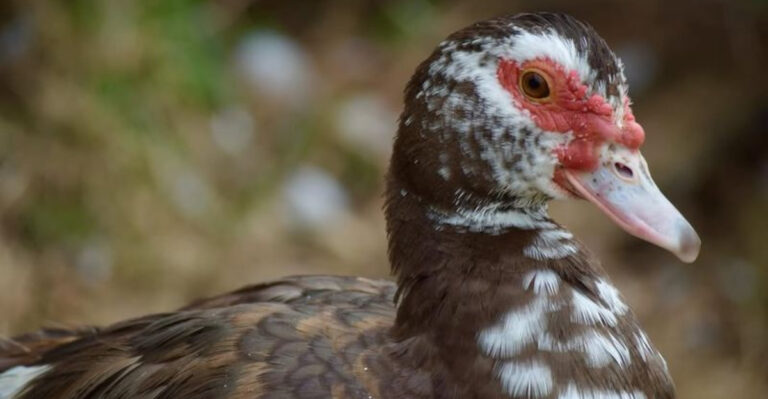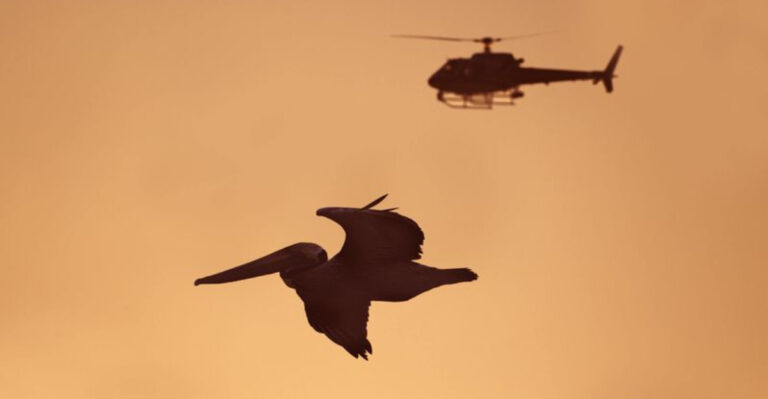Could Bison Emerge As The Most Crucial Conservation Icon In The U.S.?
Once roaming North America by the millions, American bison nearly vanished completely in the 1800s. Now these shaggy giants are making a comeback in parks, preserves, and even private ranches across the country.
Their return isn’t just about saving one species – it’s reshaping entire ecosystems and challenging how we think about wildlife conservation.
1. Ecosystem Engineers
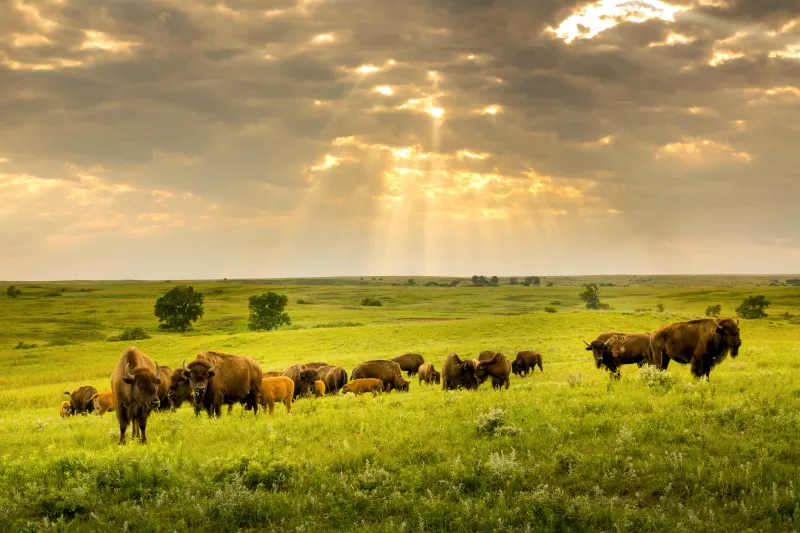
When bison graze, they don’t just eat – they transform. Their selective munching creates habitat patches that benefit countless other species from prairie dogs to songbirds.
Their heavy hooves break soil crusts, helping seeds germinate. Even their dust wallows fill with rainwater, creating mini-wetlands for amphibians and insects. No other animal shapes grasslands quite like they do.
2. Cultural Keystone

For many Native American tribes, bison weren’t just food – they were the center of spiritual life. Every part found purpose: meat for sustenance, hides for shelter, bones for tools.
The animal’s near-extinction devastated tribal cultures. Today, tribes like the Blackfeet Nation lead restoration efforts, healing both the land and centuries-old cultural wounds through bison reintroduction.
3. Back From The brink
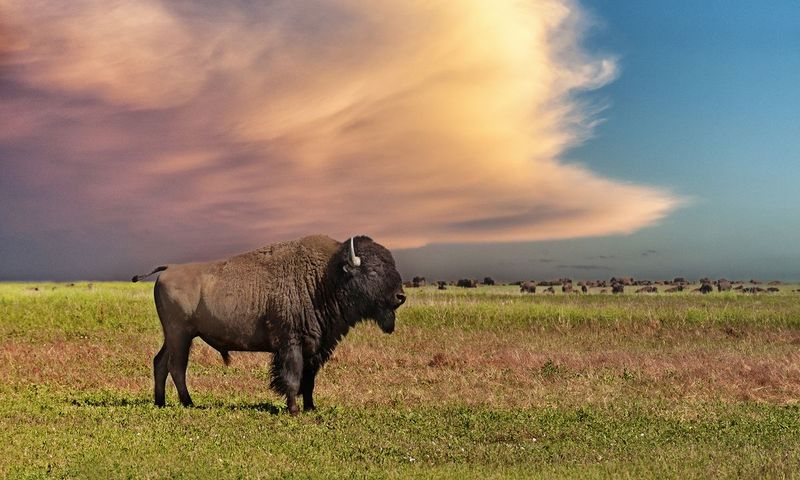
Imagine a population crash from 30-60 million to just 1,000 animals. That’s what happened to bison by 1900, marking one of history’s most dramatic near-extinctions.
Thanks to dedicated conservation efforts starting in the early 20th century, today’s population stands at roughly 500,000, though only about 20,000 are truly wild in conservation herds.
4. Climate Fighters

Who knew these woolly behemoths could help fight climate change? Unlike cattle, bison grazing actually increases grassland carbon storage in the soil.
Their natural behaviors – from how they graze to how their hooves aerate soil – promote deep-rooted native grasses that excel at carbon sequestration. One study found bison-grazed areas stored nearly twice the carbon of cattle-grazed lands.
5. Wild Vs. Commercial Herds

Not all bison are created equal! Of the half-million bison in North America today, most are raised commercially for meat and have cattle genes mixed in.
Truly wild bison with pure genetics number only about 20,000. This genetic distinction matters tremendously for conservation, as only genetically pure bison can fulfill their complete ecological role and represent the original species.
6. Yellowstone’s Success Story
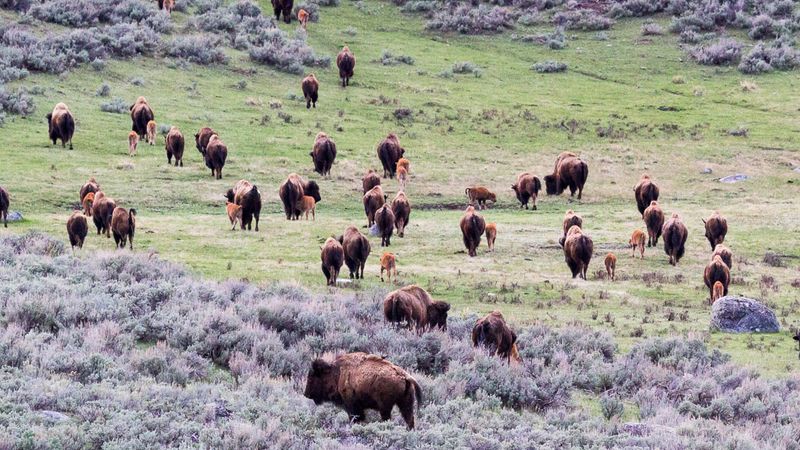
From just 23 animals in 1902 to over 5,000 today, Yellowstone’s bison represent America’s oldest and largest wild herd. Their recovery shows what’s possible with protection and patience.
Yellowstone’s bison roam freely, face natural predation from wolves, and maintain their wild behaviors. The herd has become so successful that periodic culling occurs when animals wander beyond park boundaries.
7. Controversy At The Fence Line
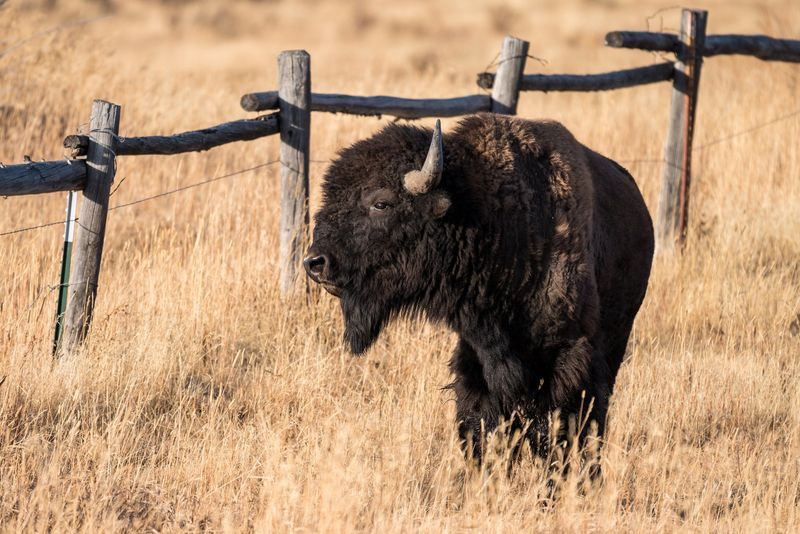
When wild bison step outside protected areas, trouble often follows. Ranchers worry about disease transmission to cattle, while others fear property damage from these one-ton animals.
These conflicts highlight a central conservation challenge: truly wild bison need vast landscapes to roam. Finding solutions that balance agricultural interests with wildlife restoration remains one of the thorniest issues in bison recovery.
8. America’s First Conservation Success

Before eagles, wolves or bears captured conservation attention, bison led the way. Their rescue from extinction in the early 1900s marks America’s first major wildlife conservation success.
The story involves unlikely heroes: William Hornaday, a taxidermist; Theodore Roosevelt, the conservation president; and the Bronx Zoo, which bred bison for reintroduction. This pioneering effort created the blueprint for saving endangered species.
9. The National Mammal
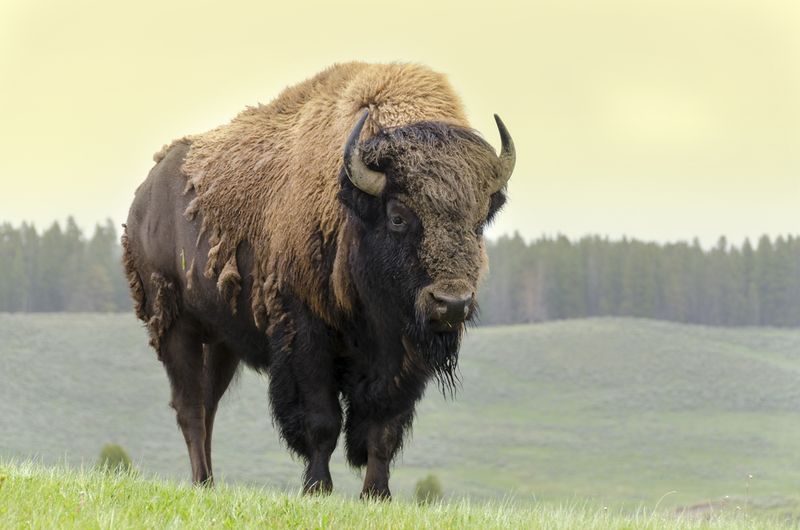
Move over bald eagle – you’ve got company! In 2016, the American bison joined our national bird as an official symbol of the United States when it was designated the national mammal.
This recognition wasn’t just symbolic. The National Bison Legacy Act helped focus attention on conservation efforts and celebrated the animal’s ecological, cultural and historical significance to the American story.
10. Rewilding Champions

Beyond saving just one species, bison restoration represents the ambitious concept of “rewilding” – returning ecosystems to more natural states with complete wildlife communities.
The American Prairie Reserve in Montana exemplifies this approach. Their vision? Connecting public lands with purchased ranches to create a 3.5-million-acre prairie ecosystem with bison as the centerpiece, alongside returning wolves, elk, and prairie dogs.
11. Genetic Rescue Missions
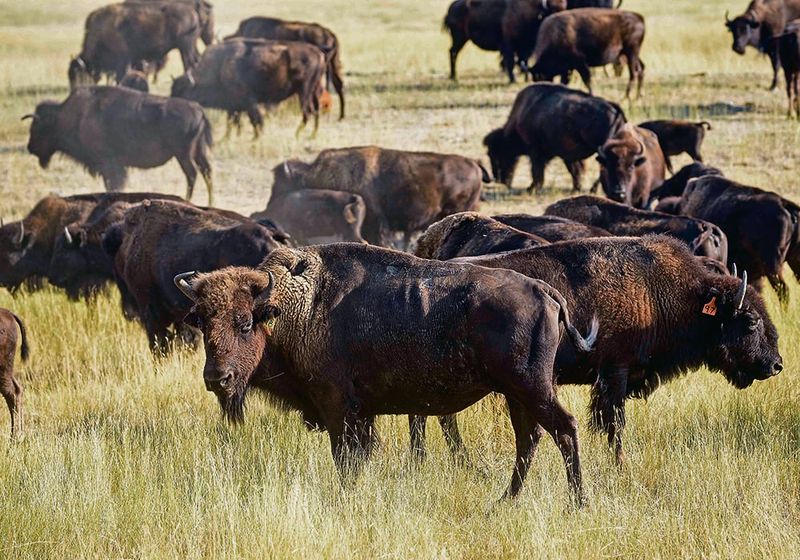
Scientists discovered something shocking: most bison carry cattle DNA from crossbreeding attempts in the 1800s. Finding genetically pure bison became a conservation emergency.
Herds in Yellowstone and Canada’s Elk Island National Park emerged as rare genetic treasures. Today, sophisticated genetic testing helps managers maintain pure herds, with these animals becoming founding stock for new conservation populations.
12. Indigenous-Led Restoration

After 150 years of absence, bison are returning to tribal lands across North America through Indigenous-led initiatives. The InterTribal Buffalo Council now helps 76 tribes manage over 20,000 bison.
These efforts go beyond conservation – they’re healing historical trauma. When the Blackfeet welcomed bison back to their reservation, tribal chairman Harry Barnes called it “a spiritual reconnection to our ancestors.”
13. The Future Of Conservation

Bison restoration represents a new conservation model: not just protecting what remains, but actively restoring what was lost. This approach is gaining momentum worldwide.
As climate change threatens ecosystems, bison demonstrate remarkable resilience. Their return could help grasslands adapt to changing conditions while providing lessons for other restoration efforts from wolves in Yellowstone to beavers in Britain.

